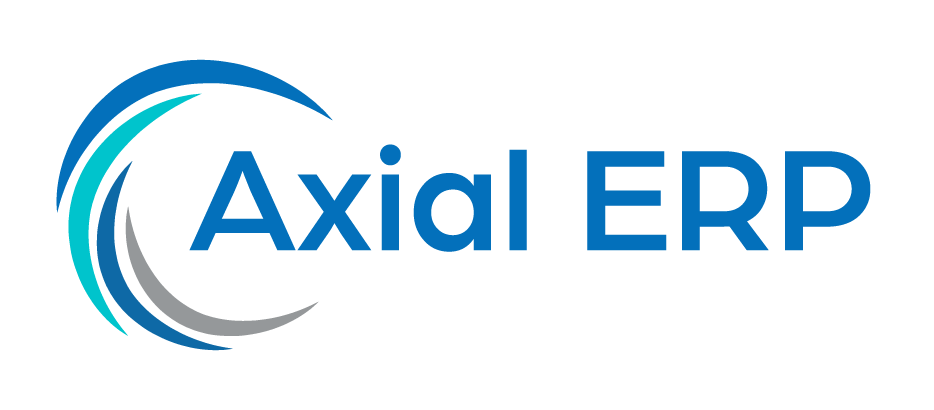Optimization of Equipment Utilization with ERP Maintenance Schedules
Efficient management of assets and equipment is crucial for the success of companies that rely on machinery and equipment for their daily operations. A critical aspect of this management is preventive and corrective maintenance, which can be optimized through maintenance schedules established in an Enterprise Resource Planning (ERP) system. In this article, we will explore how the implementation of maintenance schedules in an ERP can lead to optimal utilization of equipment and significantly contribute to the productivity and efficiency of a company.
Introduction to Equipment Maintenance in ERP
An ERP system is a comprehensive tool that helps companies manage and automate various business functions, including production, finance, human resources, and of course, equipment maintenance. The ability of an ERP to schedule, track, and analyze maintenance activities offers a significant advantage for managing company assets.
Benefits of Maintenance Schedules in ERP
Reduced Downtime: By planning preventive maintenance, companies can avoid unexpected and costly shutdowns.
Increased Equipment Lifespan: Regular maintenance helps prolong the lifespan of machinery and equipment.
Improved Resource Planning: Maintenance schedules allow for better allocation of human and material resources for maintenance tasks.
Production Optimization: By minimizing interruptions, production continuity and efficiency are improved.
Enhanced Safety: Well-maintained equipment reduces the risk of workplace accidents.
Implementation of Maintenance Schedules in ERP
Implementing a maintenance schedule system in an ERP requires careful planning and detailed execution. This includes identifying all critical equipment, defining necessary maintenance tasks, scheduling activities, and allocating resources. Additionally, there should be a process for tracking and constantly updating maintenance schedules to reflect changes in equipment conditions or production priorities.
Best Practices for Maintenance Schedules in ERP
Perform Criticality Analysis: Identify which equipment is essential for operation and focus maintenance efforts on them.
Establish Performance Indicators: Define KPIs to monitor the effectiveness of maintenance and make adjustments when necessary.
Employee Training: Ensure that employees are adequately trained to use the ERP and carry out maintenance tasks.
Incorporate Feedback: Use feedback from equipment operators to improve schedules and maintenance practices.
Automation of Alerts: Configure the ERP to generate automatic alerts that notify the proximity of maintenance dates.
Challenges in Equipment Maintenance Management
Although maintenance schedules in ERP are helpful, there are also challenges that need to be addressed, such as resistance to change from staff, the complexity of migrating data from old systems to the ERP, and the need to customize the software to fit the specific needs of the company.
Conclusion
The implementation of maintenance schedules in an ERP system is a powerful strategy to achieve optimal utilization of equipment. With proper planning, training, and the use of best practices, companies can maximize the availability and efficiency of their assets while reducing costs and increasing safety. It is a complex process, but the long-term benefits justify the investment in time and resources.



